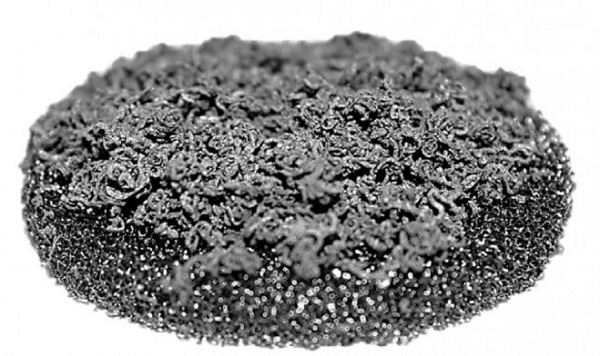
An Iranian researcher at MIT University Hadi Ghasemi along with his colleagues developed a new material structure generating steam by soaking up the sun.
The structure — a layer of graphite flakes and an underlying carbon foam — is a porous, insulating material structure that floats on water.
When sunlight hits the structure’s surface, it creates a hotspot in the graphite, drawing water up through the material’s pores, where it evaporates as steam. The brighter the light, the more steam is generated.
The new material is able to convert 85 percent of incoming solar energy into steam — a significant improvement over recent approaches to solar-powered steam generation.
What’s more, the setup loses very little heat in the process, and can produce steam at relatively low solar intensity. This would mean that, if scaled up, the setup would likely not require complex, costly systems to highly concentrate sunlight.
“Steam is important for desalination, hygiene systems, and sterilization, Especially in remote areas where the sun is the only source of energy, if you can generate steam with solar energy, it would be very useful.” – Hadi GHsaemi
Ghasemi, a postdoc in MIT’s Department of Mechanical Engineering, said the spongelike structure can be made from relatively inexpensive materials — a particular advantage for a variety of compact, steam-powered applications.
“Steam is important for desalination, hygiene systems, and sterilization,” said Ghasemi, who led the development of the structure. “Especially in remote areas where the sun is the only source of energy, if you can generate steam with solar energy, it would be very useful.”

Ghasemi and mechanical engineering department head Gang Chen, along with five others at MIT, report on the details of the new steam-generating structure in the journal Nature Communications. […]
